The Suginami trees lined the old Tokaido highway, and eventually led to the Hakone Sekisho (Hakone Checkpoint). Back in the Edo period, there were numerous checkpoints along roads which led to Tokyo, and Hakone’s one was thought to be the strictest of all, but for those weary after a long travel, a welcome sight knowing that they are near the capital.
Got my tickets before looking around, which in actual wasn’t very large. There is also a Japanese saying for this particular checkpoint, Hairitebbou, deonna, which reads as ‘incoming guns, outgoing women’. This checkpoint was exceptionally strict on women, as the Tokugawa shogunate feared that they might be carrying messages for their husbands or officials who are staying out of Edo, as they fear a rebellion or treason. The shogunate had enforced a system called ‘Sakin-kotai’, where the feudal lords and their wives or heir had to live separately, either one in their own land, with the other in Tokyo as hostage. This was to make sure that no one dare to rebel against the shogunate. When the wives left Edo, they were inspected severely at this checkpoint.
Met a nice old lady who was volunteering here, and she explained the history of the place, including the story of O-tama, a young girl of 13 who was sent to live with her cousin in Edo. After deciding that she wasn’t happy living there, she ran away from her cousin’s home without her official papers, but one could not get pass this checkpoint without your identification papers. She then decided to try scaling the mountains instead at night, but was caught and eventually executed for daring to defy the officials. This was done to show to the people that, the shogunate did not really care how old you were, nor your gender, but no one defies them.
The old lady then shared that some of the Japanese weep upon hearing the story, saying how sad it was for a young girl like her to be executed back then. I probably didn’t show much reaction to it so she asked where I was from, and I said Malaysia, and she was surprised. Oh well, maybe because we all look the same, and I’ve already grown numb to the expected ‘surprised’ reaction that comes with it when they learn that a foreigner speaks their language.
There was a small mountain right behind the sekisho, with a watch tower on it. Scaled it for a wonderful view of the Hakone town and Ashinoko Lake down below. Most people didn’t take the trouble to come up here, so it was very quiet. The grass up here had icicles formed on them, so I was playing around with them. Weird Malaysian out in the wild.
Headed downhill to their small museum, and walked along a small path which runs along the edge of the lake to it. In it they had documents dating from the Edo period, and also a diary owned by the official who once ran the place. Items which travelers carried with them on the long journey were also on display. As it was a rather small museum, it didn’t take me long to finish it.
After all that walking and being out in the cold for so long, stopped for a hot amazake (sweet wine), and dango in place of the usual tang yuan since it was the Winter Solstic festival back home. The dango’s sauce was exceptionally delicious, a mix of soysauce and sugar, while the hot amazake was just the right thing for a cold winter’s day. It was so good that I ordered another, with ginger, and the old ladies at the back of the shop prepares it piping hot on the spot.

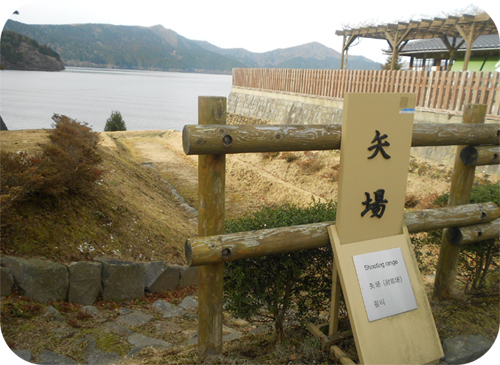
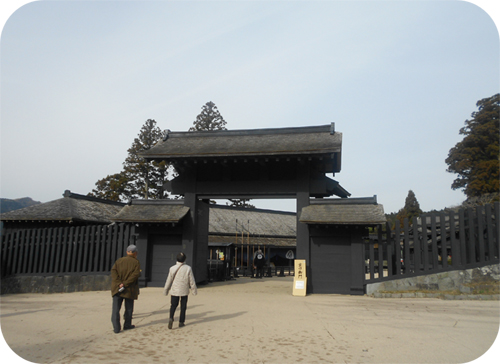

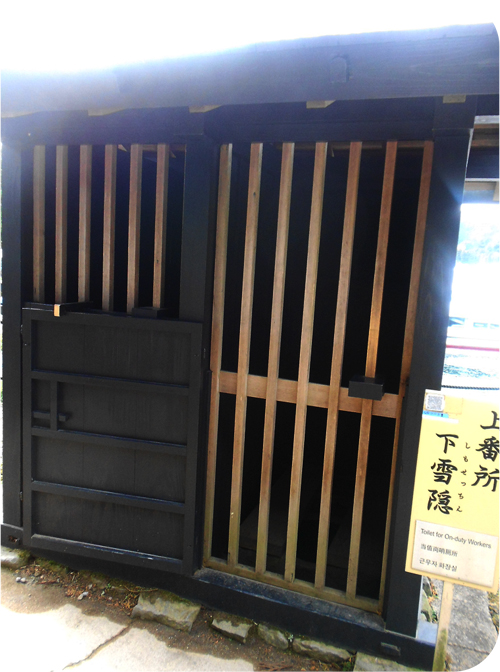
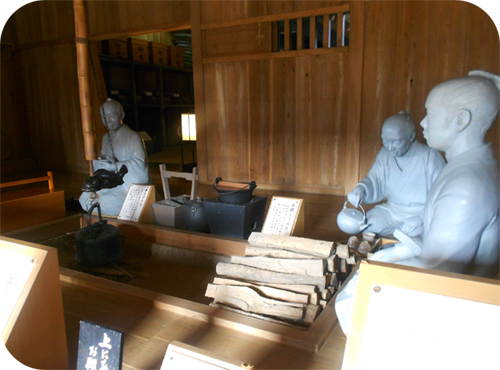
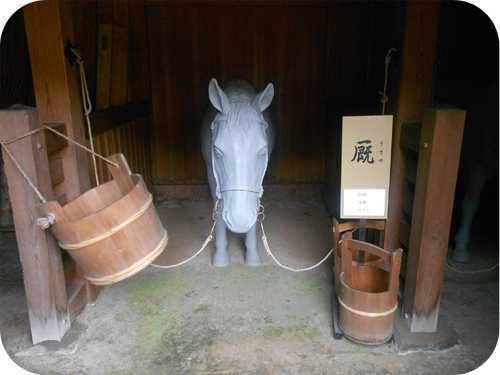

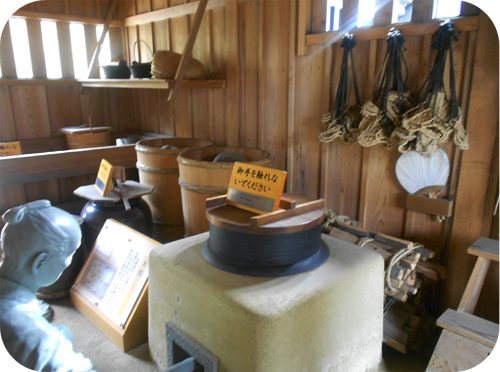
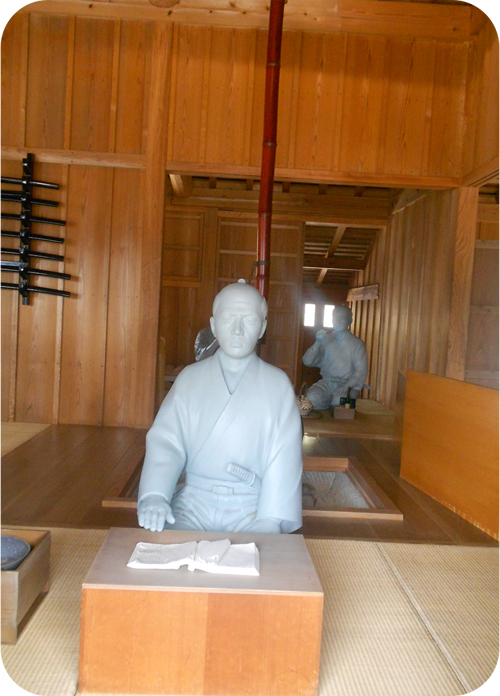
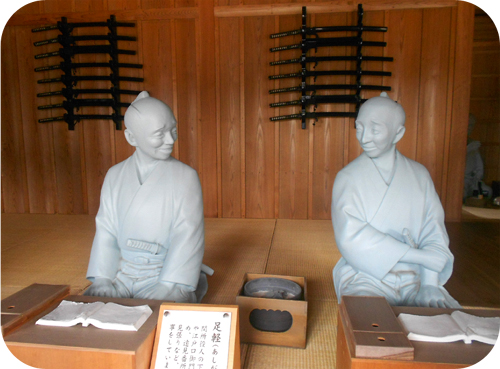

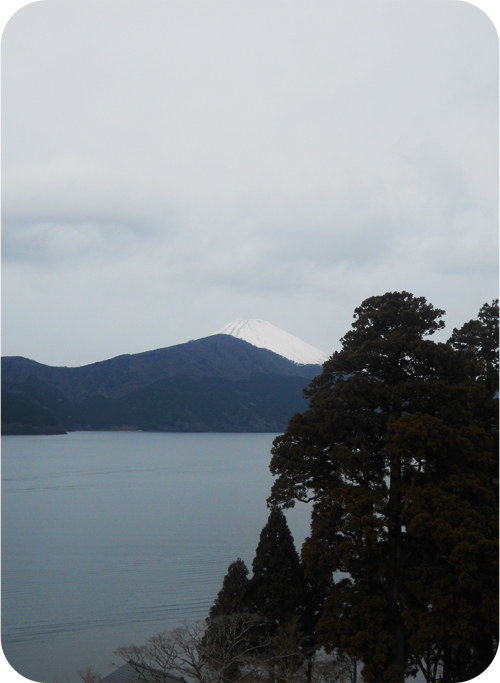
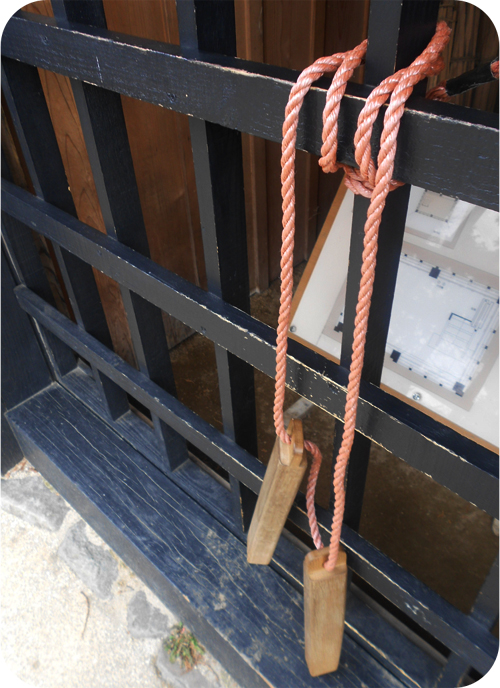
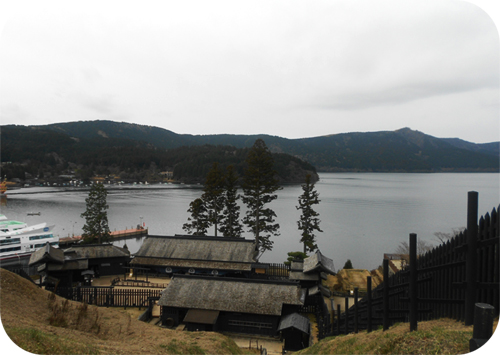
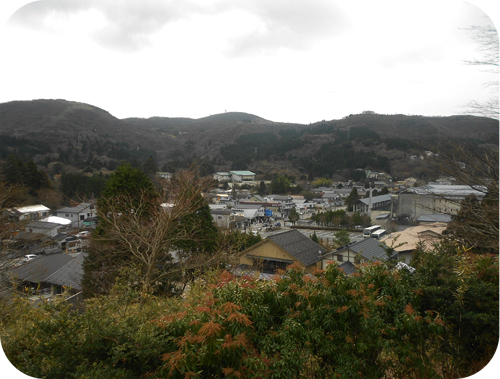
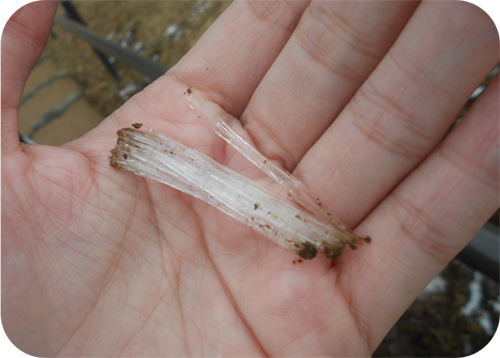
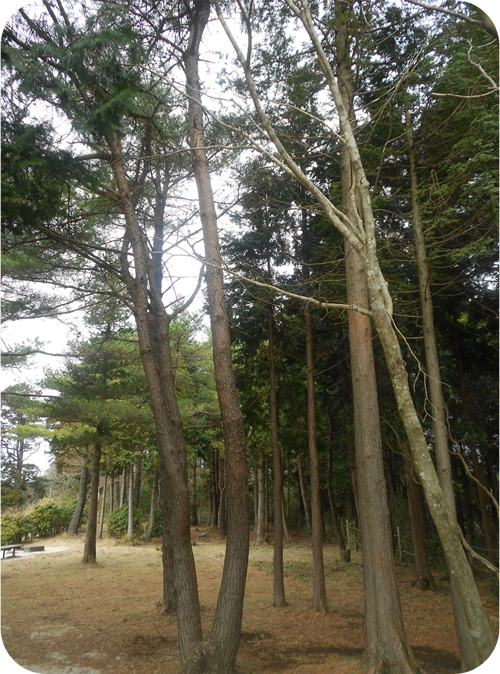
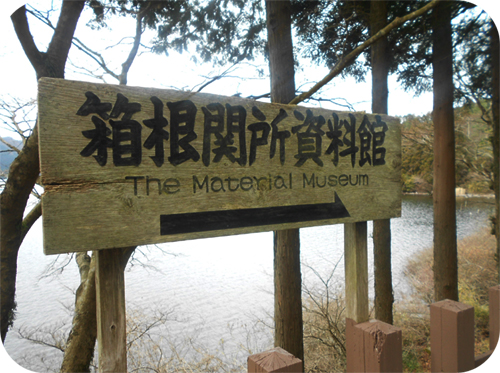
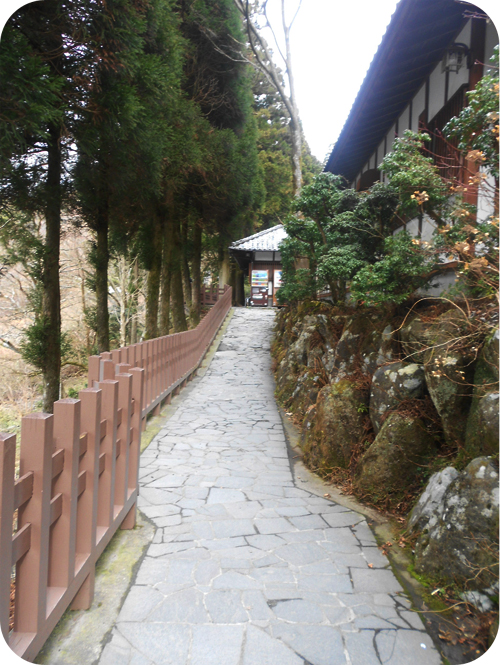
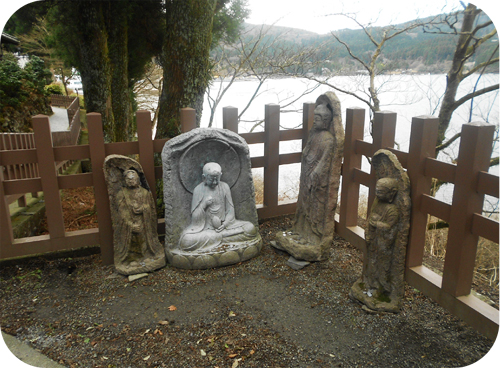
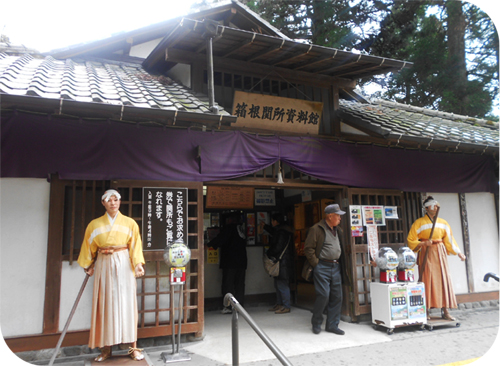

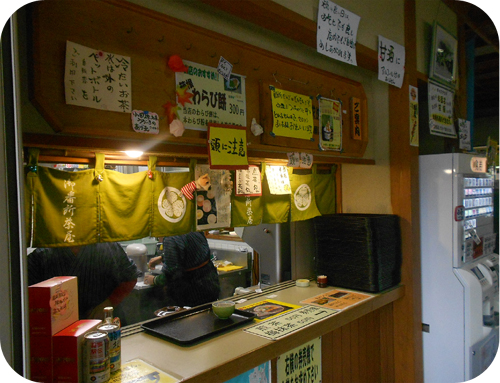








Pingback: 21122012 Hakone Shrine and falling sick | この長い旅で
Pingback: 05022014 Kawagoe | この長い旅で